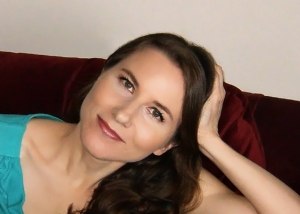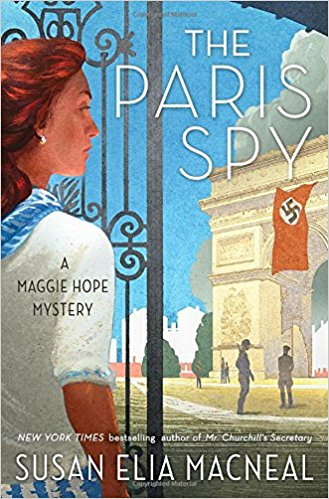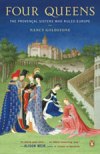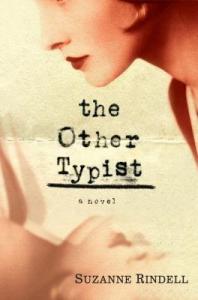 The Other Typist by Suzanne Rindell is a twisty, noir page-turner. Fans of Gillian Flynn will definitely enjoy this book, which feels like Gone Girl set in the 1920s. Actually, strike that. The plot is totally different, nor is The Other Typist so dark. It’s snazzy!
The Other Typist by Suzanne Rindell is a twisty, noir page-turner. Fans of Gillian Flynn will definitely enjoy this book, which feels like Gone Girl set in the 1920s. Actually, strike that. The plot is totally different, nor is The Other Typist so dark. It’s snazzy!
What I mean is that Rindell also offers us an unreliable (and rather unsettling) narrator, Rose Baker, who spins out an alluring, slow-boiled plot.
Rindell sets the story in a New York City police precinct in 1923, when women have only recently been brought in as typists. I won’t divulge any other plot details, as the reveals will be best enjoyed firsthand.
The writing crackles with a sort of stylized, art-deco feel:
“We were headed into the long black nights of winter, and although it was only four o’clock, outside a cloudy sky was already turning from ash to soot. And yet inside the office there was still something vital, the peculiar sort of kindling that comes from human activity buzzing away in the falling dark of dusk. The electric lights still glowed, and the office thrummed with the sounds of telephones, voices, papers, footsteps, and the syncopated clacking of many typewriters all being operated at once.”
I was a tad concerned when I saw The Great Gatsby cited in the author’s acknowledgements page. That is sacred text. However, this is not an overblown attempt at replicating Fitzgerald. (Phew.) Though this would be a good pick for those who enjoyed the new film version of The Great Gatsby.
The Other Typist reads much like a paean to film noir classics of the 1940s and 1950s. At one point Rose says of another character, “Gib and I were building up a slow tolerance for each other, the way some people slowly build a tolerance for a specific kind of poison.”
Overall, The Other Typist is clever, atmospheric, and unpredictable. There’s a lot of buzz online about the ending—so avoid the spoilers!
Check Out WordHits on Facebook


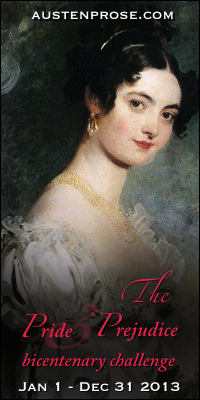 I just signed up for the
I just signed up for the 
